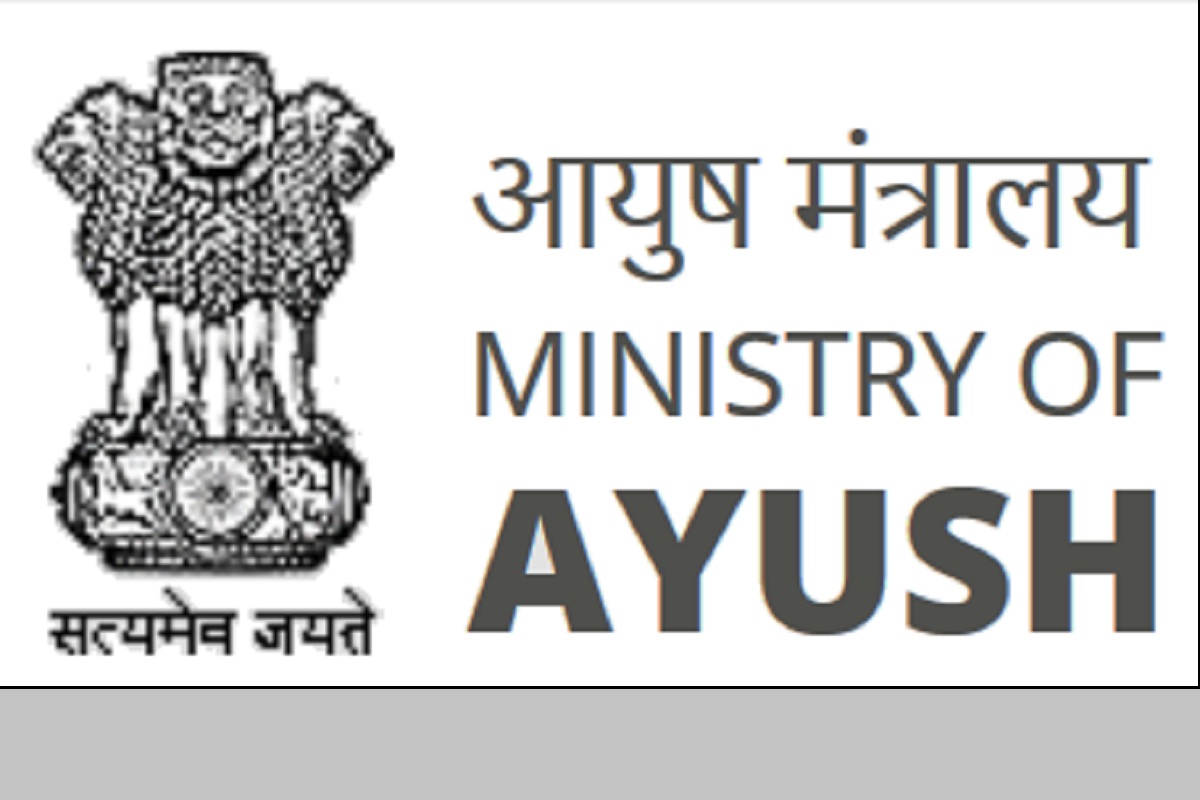1,346 public grievances resolved under Special Campaign 3.0
The Union Ministry of AYUSH on Thursday informed that 1,346 public grievances were resolved under Special Campaign 3.0, aimed at improving and maintaining cleanliness in the workplace.
The Ayush Ministry said on Tuesday that the initiative was undertaken to mainstream the use of ‘Siddha’ drugs to combat anaemia.

(File Photo)
A recent study published in the reputed Indian Journal of Traditional Knowledge (IJTK) by the researchers associated with the PHI-Public Health Initiative claims that a combination of Siddha drug reduces anaemia among adolescent girls.
The Ayush Ministry said on Tuesday that the initiative was undertaken to mainstream the use of ‘Siddha’ drugs to combat anaemia.
Advertisement
According to the Ministry, the group of researchers from eminent Siddha institutions of the country, including the National Institute of Siddha (NIS), Ministry of Ayush found that ABMN (Aṉṉapēticentūram, Bāvaṉa kaṭukkāy, Mātuḷai maṇappāku and Nellikkāy lēkiyam), a combination of Siddha drug treatment can improve the level of haemoglobin as well as PCV-Packed cell volume, MCV-Mean Corpuscular Hemoglobin and MCH-Mean Corpuscular Hemoglobin in the anaemic adolescent girl.
Advertisement
“The study observed 2,648 girls, of which 2,300 completed the standard 45-day programme. Reportedly, before the start of the programme, researchers dewormed the participants with Cuṇṭaivaṟṟal cūraṇam, and then a 45-day treatment of ABMN was given to all participants under observation,” it said.
The study noted that the presence of clinical features like breathlessness, fatigue, giddiness, headache, anorexia, and pallor was evaluated by the investigators before and after completion of the programme, along with Hemoglobin evaluation and biochemical estimations, the Ayush Ministry said.
Following the WHO guidelines, the cut-off point for anaemia was set as 11.9 mg/dl, haemoglobin level below 8.0 mg/dl considered as severe, between 8.0 to 10.9 mg/dl as moderate and mild between 11.0 to 11.9 mg/dl, it said.
The Ayush Ministry said further, the study reports that a laboratory investigation was done for haemoglobin, packed cell volume (PCV), mean corpuscular volume (MCV), mean corpuscular haemoglobin (MCH), red blood corpuscles (RBC), platelets, total WBC, neutrophils, lymphocytes and eosinophils in a randomly selected subset of 283 girls.
The researchers found that ABMN significantly lowered the clinical features of anaemia like fatigue, hair loss, headache, loss of interest and menstrual irregularities and significantly improved the level of Haemoglobin and PCV, MCV and MCH in all anaemic girls.
Talking about the impact and importance of the study findings, Dr R Meenakumari, Director, National Institute of Siddha, also among the senior authors of the study, said: “Siddha medicine plays a notable role in Public Health Initiatives of the Ministry of Ayush.”
“The awareness created among adolescent girls, dietary advice and preventive care provided to them and the treatment through Siddha drugs provided therapeutic benefits to the anaemic patients. Hence Siddha drugs for anaemia can contribute to public health by providing cost-effective and accessible treatment in various settings,” said Dr Meenakumari.
Advertisement